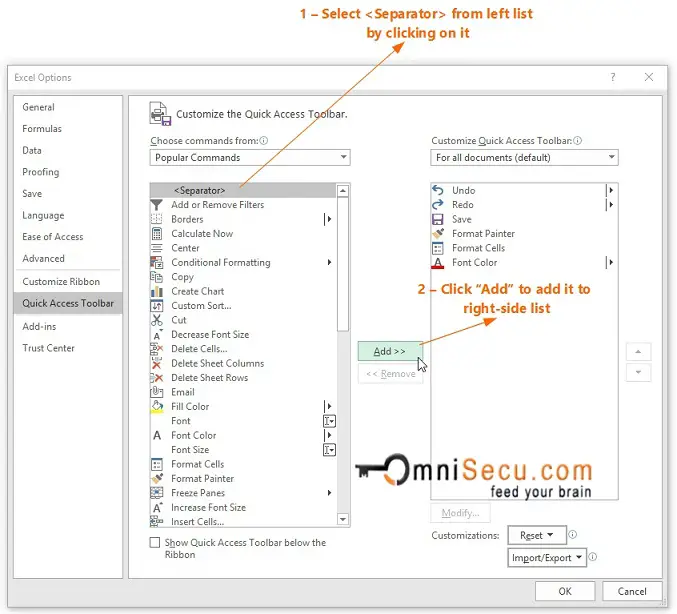

The bulk of this review occurs with the help of an OmniOutliner document on her iPad Pro. It helps her prepare for the urgent and hope-to-do tasks. Launching directly into PerspectivesĮach day, Amanda starts a quick review. Spaces and other special characters might need percent-encoding.

You can string these parameters together using & as a separator. completed (date and time, like jun 25 6pm).repeat-method (fixed, start-after-completion, or due-after-completion).repeat-rule (see here for format information).autocomplete (true or false do children mark project complete?).attachment-name (repeated if necessary for multiple files).
TASKPAPER INSERT SEPARATOR FOR MAC
But a lot more can be done with parameters recently in OmniFocus for iOS 2.14 and OmniFocus for Mac 2.10.

The app will launch from Safari, Mail, or any app capable of opening a URL. That link will work anywhere OmniFocus is installed. We’ve added a basic action to OmniFocus by using these variables: Omnifocus:///add?name=Pick%20up%20milk¬e=You%20gotta There are several ways to add actions to your database-we talk about a few of them on our 3rd party app page specifically about iOS-but a lot more is now possible. On the Mac, OmniFocus 2.10-launched in June, 2017-includes most of the same functionality.
TASKPAPER INSERT SEPARATOR UPDATE
OmniFocus’s URL Scheme got a major update in April, 2016, with OmniFocus for iOS 2.14.

In OmniFocus they do a few things: launch directly into a particular view, like Forecast, or add new Stuff from other applications. Sometimes even for automating common tasks. URL schemes are links that launch an application or kickstart extra functionality. Here’s a query included in a “Coding” Bunch that asks me which project I’m tackling, then loads snippets for each answer.Applications are made more powerful with URL schemes. The separator between key and value is equal sign ( =) greater than ( >), known in programming as a “fat arrow.” Entries are separated by comma or newline (or both), whitespace (indentation and blank lines) is ignored. You can optionally include a title for the dialog after the closing bracket in double quotes on the same line as the right bracket. Items in an array are separated by either a comma or a newline, whitespace (indentation, blank lines) is ignored. Whatever the name of the choice is, that’s what will be run, so it’s mostly useful for selecting apps by name.Īn array is defined by ?. The simplest syntax for multiple choice is an “array,” which is just a list of items. Items executed will be treated as part of the Bunch, meaning they will be quit on close and will prevent other Bunches from quitting them while the Bunch is open. Clicking Cancel will remove the line from the Bunch. They also work as on-close snippets just precede the question mark with an exclamation point.Ĭhoosing an item and clicking OK with either syntax will execute that item as if it were included directly in the Bunch. This syntax won’t work as an indented Waiting Snippet, but they work in other snippets, so you can call them from a Waiting Snippet. These syntaxes will be familiar to coders, but should make sense to anyone once you get the hang of it.īoth of the syntaxes below start with a question mark as the first character on the line. You can use these to choose snippets to load, scripts to run, or variables to include. You can easily define multiple-choice dialogs using simple syntax in your Bunch.


 0 kommentar(er)
0 kommentar(er)
